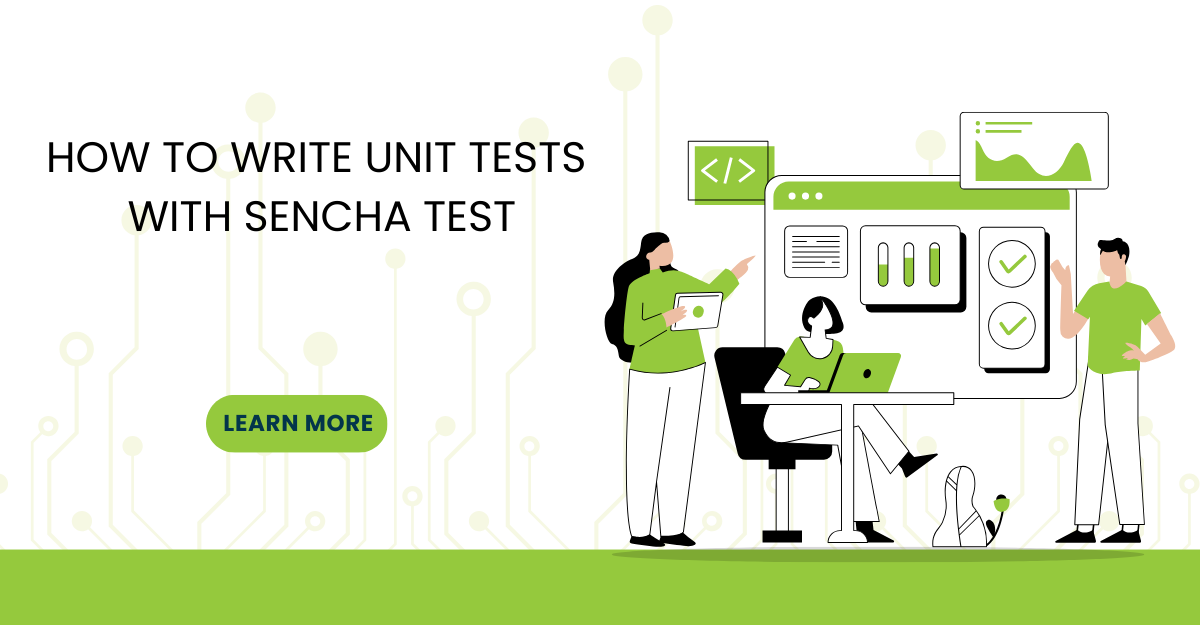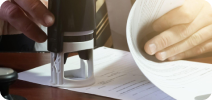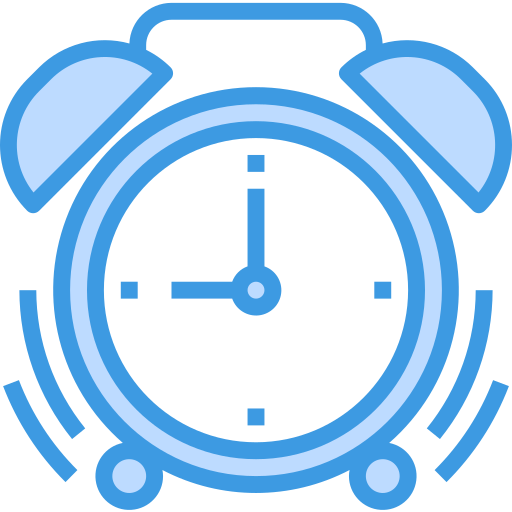Joe’s First Sencha Touch Experience
 Well-known designer and developer Joe McCann recently spent a few days using Sencha Touch. We asked him to talk through his experiences of building his first application for the tablet form factor using the framework, and to let us know how he got on.
Well-known designer and developer Joe McCann recently spent a few days using Sencha Touch. We asked him to talk through his experiences of building his first application for the tablet form factor using the framework, and to let us know how he got on.
You can read Joe’s full write up on our Sencha Touch learn section, the code for his app on GitHub, and also check out a hosted version of the app on tablet (and WebKit-based desktop) browsers here.
We caught up with Joe to see how the experience had been.
 Joe, you’ve been designing and developing for mobile for a little while now. Tell us what motivated you to check out with Sencha Touch?
Joe, you’ve been designing and developing for mobile for a little while now. Tell us what motivated you to check out with Sencha Touch?
After seeing David Kaneda speak on a panel at SXSWi this year about the latest and greatest features of Sencha Touch, and finally having the shiny new iPad 2 firmly in my grasp, I was convinced that I needed to build a Sencha Touch app for the iPad 2. And it was a chance to gain some new skills with what I feel is an important mobile and tablet framework.
Why did you specifically target the Apple iPad?
The UI on the iPad 2 is gorgeous and the browser is incredibly responsive and snappy. Oh, and because the iPad overall had an 83% share of the tablet market in 2010 even before the iPad 2 came out, I knew a large a number of people would be able to use it.
Your first app is far from basic too. It seems you wanted to create something that people would actually use.
Yes. Instead of building something that is just a “Hello World” app, or merely one step above that, like pulling in some tweets from Twitter, I thought about making something that developers (and myself for that matter) would actually consider a bit more of a “real world” project. Coupling that with the large screen size the iPad 2 provides, a photo gallery of some sort seemed like a nice idea.
But rather than using Flickr, I wanted to try out the ultra-hip and exciting Instagram API instead! And thus, Teagrams was born – an app that snags Instagrams tagged with the word “tea”. (Sencha is after all a type of tea!)
What really compelled me to do something that required a web service call is I wanted to build something that would allow me to use the new “Pull-to-Refresh” feature in Sencha Touch 1.1. Considering how fast people are posting photos to Instagram, I figured refreshing our “teagrams” list would be a decent test of this UI pattern.
And your feelings now that you’ve finished?
I need to point out this was my first Sencha Touch app. Ever. But I was able to get up to speed and build the app in one business day. Anyone can! Once you wrap your head around the object-oriented nature of Sencha Touch, creating incredibly robust and visually stunning applications is quite trivial.
If you’re a developer looking at mobile or tablet application development, and you’re considering web technologies, I highly recommend looking at Sencha Touch sooner rather than later.
Thanks Joe!

In modern software development, unit testing has become an essential practice to ensure the quality…

Highlights of Virtual JS Days 2024 From February 20-22, 2024, we held the third Virtual…

We are past the midpoint of 2023 and we are very proud of what we…



 Rapid Ext JS (beta)
Rapid Ext JS (beta)












